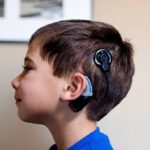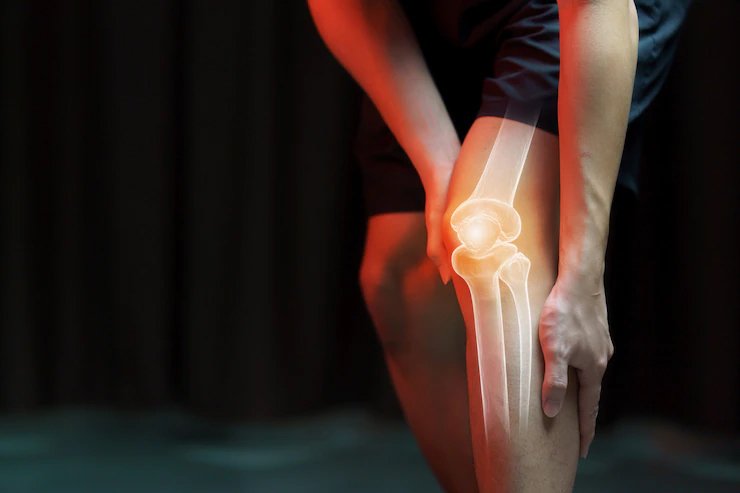
What is arthroplasty?
The definition of arthroplasty is surgical joint replacement. During the procedure, your healthcare provider removes a damaged joint and replaces it with an artificial joint. The artificial joint (prosthesis) can be metal, ceramic or heavy-duty plastic. The new joint looks like the natural joint and moves in a similar way. Surgeons can replace joints in any part of your body, but the most common types of arthroplasty are hip replacement and knee replacement. Most people who get this procedure need a total joint replacement. A small number of people are good candidates for a partial joint replacement. This procedure only replaces the part of the joint that’s damaged. Recovery time for arthroplasty varies. It depends on your age and lifestyle, the type of procedure and the joint you have replaced.
Read This : New Law Article
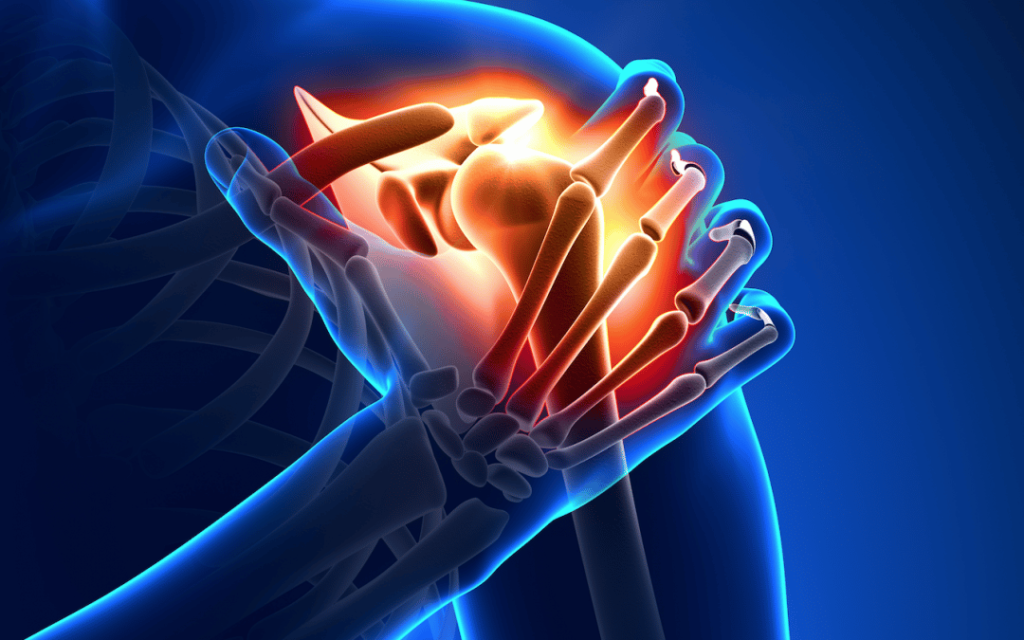

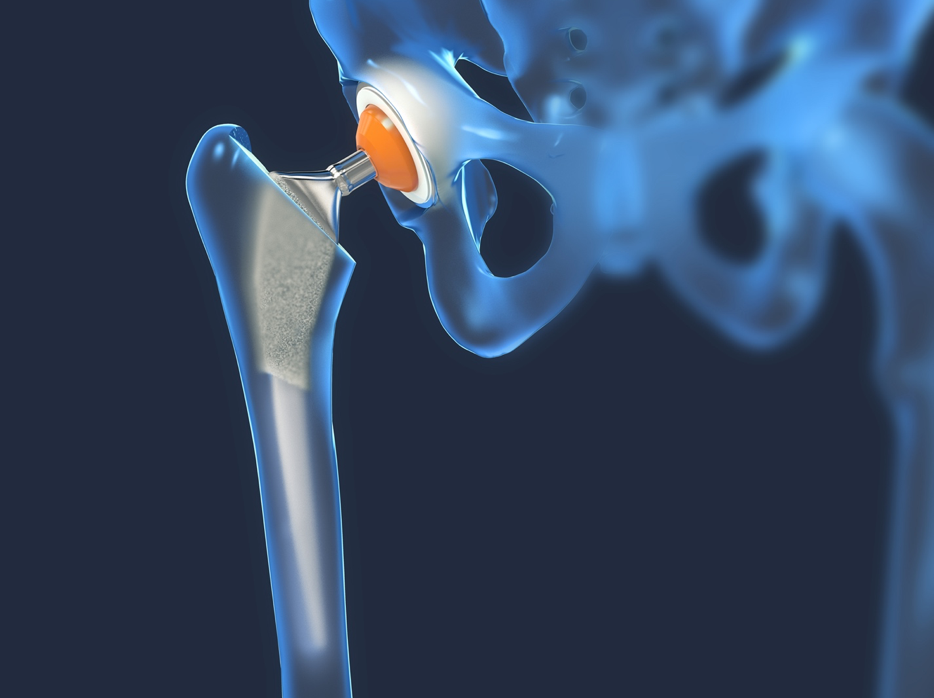
Arthroplasty, also called joint replacement, is surgery to replace a damaged joint with an artificial joint (made of metal, ceramic or plastic). Providers usually replace the entire joint (total joint replacement). Less often, they replace only the damaged part of the joint. Hips, knees and shoulders are the most common joints they replace.
Who needs arthroplasty (joint replacement)?
Your surgeon may recommend arthroplasty if you have:
- Joint pain that hasn’t gotten better with nonsurgical treatments such as physical therapy (PT), medications, bracing, injections, walking assistive devices and rest.
- Joint stiffness and limited mobility that make it difficult or impossible for you to do your everyday activities.
- Swelling (inflammation) that doesn’t improve with medications or lifestyle changes.
These symptoms can result from several conditions, including:
- Arthritis, specifically osteoarthritis.
- Rheumatoid arthritis.
- Fractures, including a hip fracture.
- Joint abnormalities, such as hip dysplasia.
- Avascular necrosis (lack of blood supply to the bone).
These symptoms can result from several conditions, including:
- Arthritis, specifically osteoarthritis.
- Rheumatoid arthritis.
- Fractures, including a hip fracture.
- Joint abnormalities, such as hip dysplasia.
- Avascular necrosis (lack of blood supply to the bone).
Read This : Traveling in Turkey
What joints do orthopedic surgeons replace?
Most often, surgeons replace the hip joint, knee joint or shoulder joint. Providers call these procedures hip arthroplasty, total knee arthroplasty and shoulder arthroplasty. In the United States, surgeons perform about 500,000 hip replacements and more than 850,000 knee replacements every year.
Currently, surgeons can replace all of the following joints:
- Ankles.
- Elbows.
- Hips.
- Knees.
- Shoulders.
- Toes.
- Wrists.
What are the risks or complications of arthroplasty?
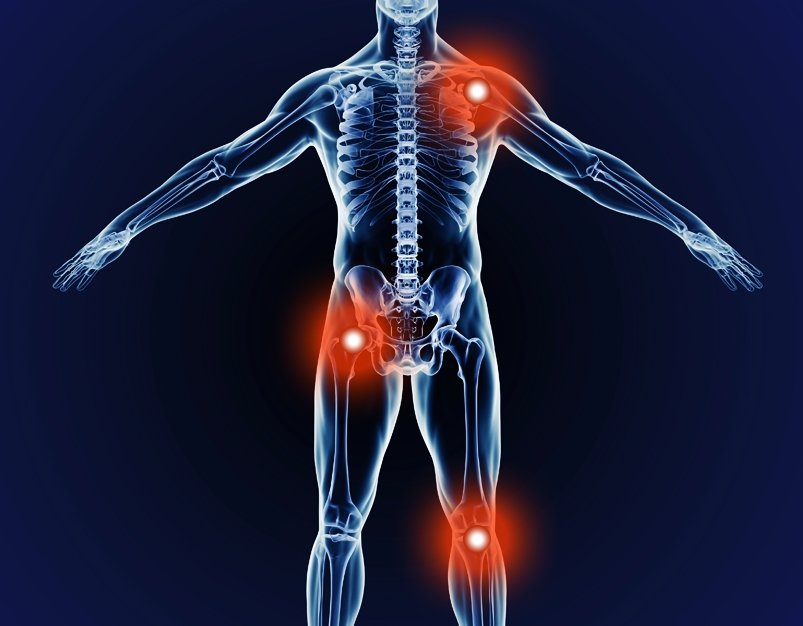
As with any surgery, there is a risk of complications from arthroplasty. The risks include:
- Blood clots.
- Infection.
- Injury or damage to nerves around the replaced joint.
- Joint stiffness, weakness or instability that may lead to a fracture.
- Problems with the new joint, including dislocation.
- You have a higher risk of complications from arthroplasty if you have certain health conditions. Before surgery, tell your provider if you have diabetes, hemophilia or an autoimmune disease such as lupus. These conditions can make recovery from joint replacement more difficult.
When can I go back to my usual activities after arthroplasty?
Everyone recovers differently from joint replacement. Ask your provider when you can get back to the activities you enjoy after your arthroplasty. It’s a good idea to have this conversation before surgery so you know what activities are appropriate following a full recovery.
Your recovery time will depend on several factors, including:
- Activity level and lifestyle.
- Age.
- Joint that was replaced.
- Other health conditions or orthopedic problems.
- Whether you had a total joint replacement or a partial joint replacement.
For most people, a physical therapy program can speed recovery time. PT strengthens the muscles around the replaced joint. This helps them better support the joint. These exercises also increase flexibility and help you move.

